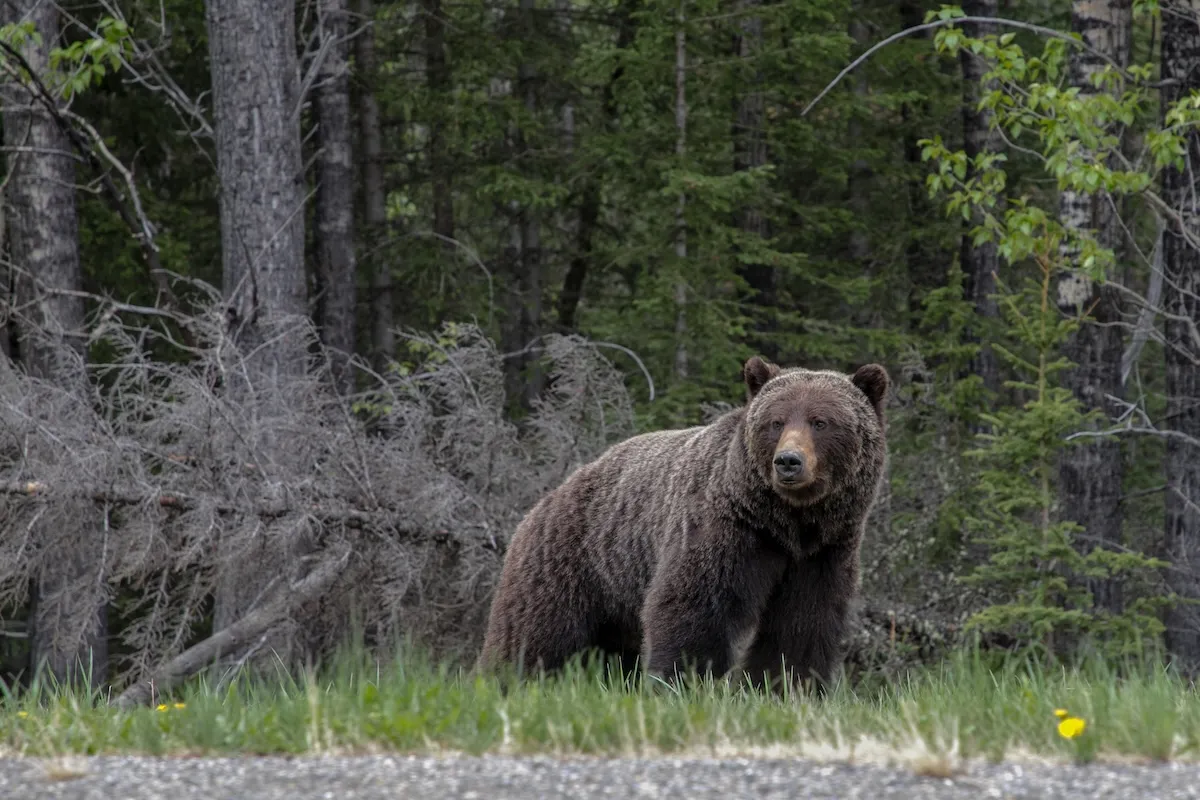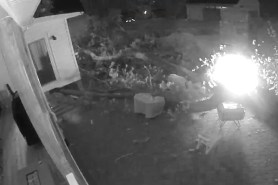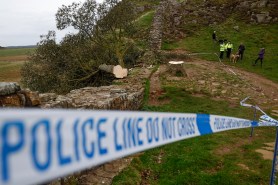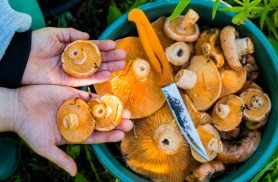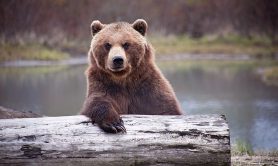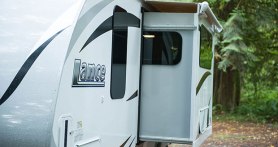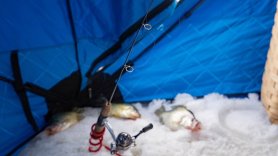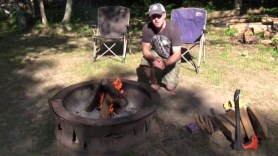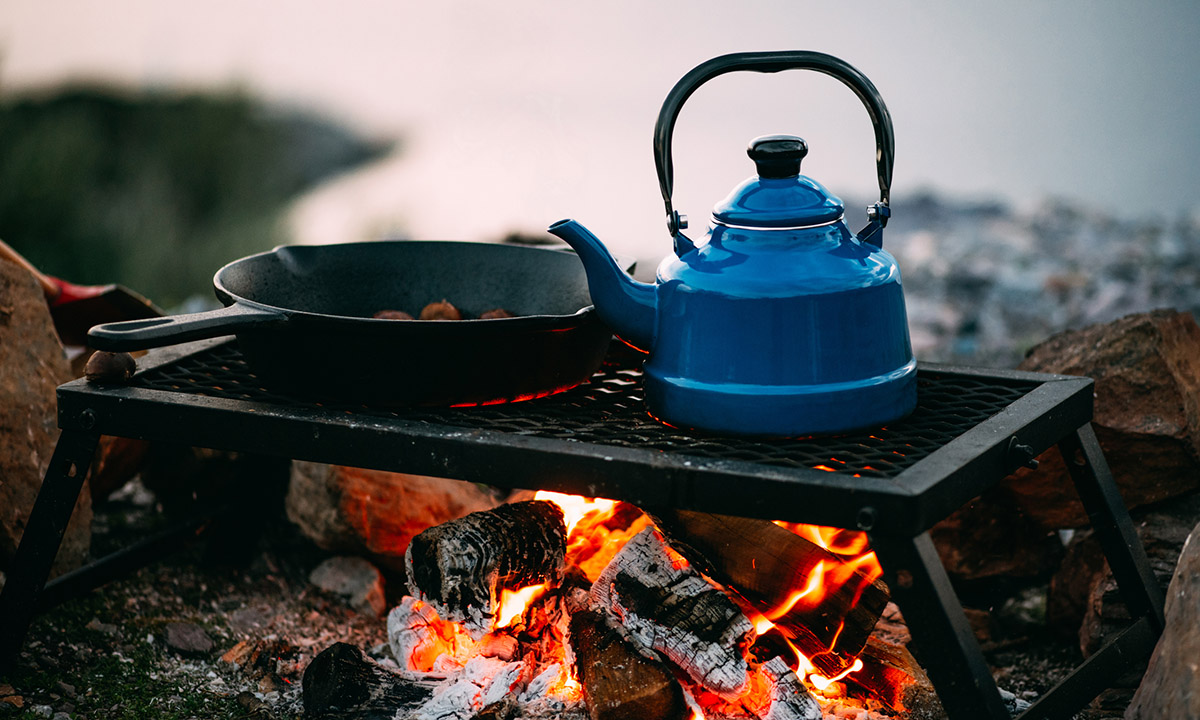

Many caffeine-deprived campers have asked why oh why it seems to take more time to brew a good cup of joe up in the mountains. It’s not just you. Turns out, there’s a perfectly reasonable scientific explanation for this—but don’t call it “reasonable” in front of those poor, caffeine-deprived souls. Here’s exactly what happens to the boiling point of water when air pressure decreases, like when you’re camping in the mountains, and how this affects your ability to cook food.
Videos by Outdoors
What Happens to Water’s Boiling Point at High Altitudes?
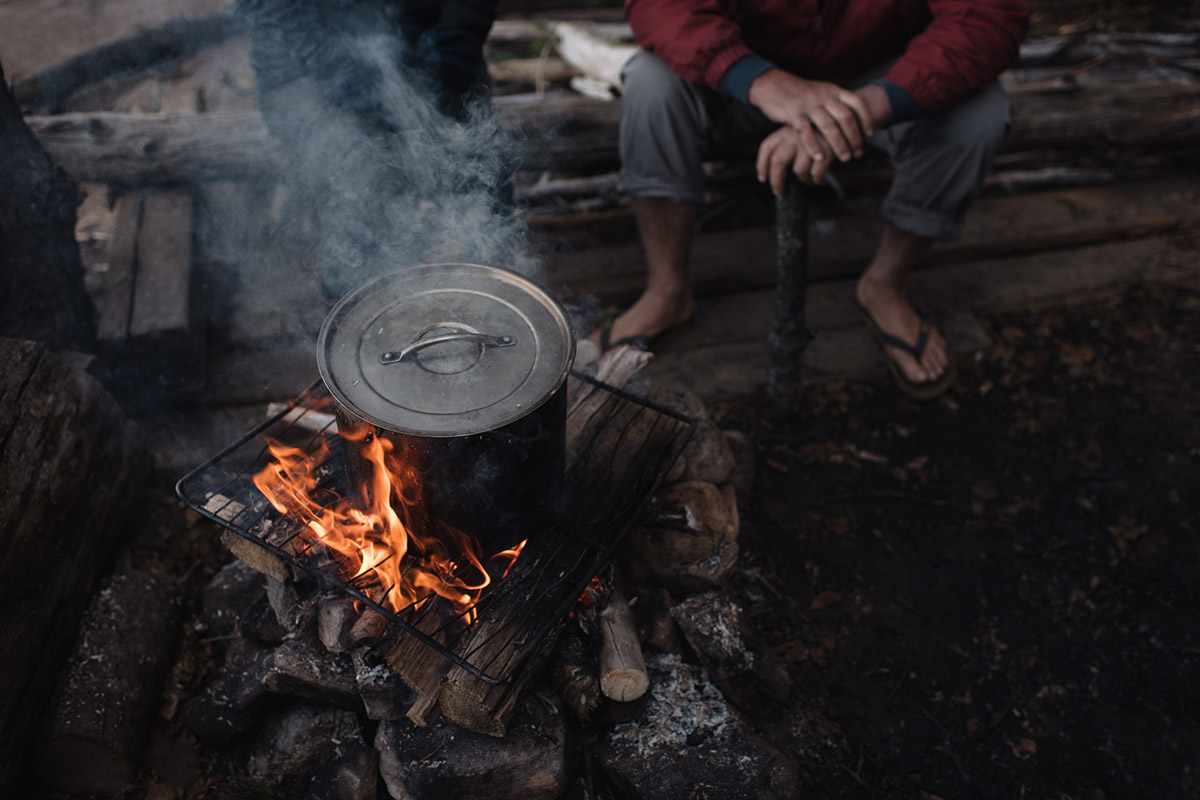
As you head up the winding mountain road to your campsite, the air pressure decreases. As air pressure decreases, so does the boiling point of water. At sea level, water boils at 212 degrees Fahrenheit (100 degrees Celsius). Smart people at Purdue say water boils when the vapor pressure of a liquid equals the pressure of the gas above it, causing bubbles of gas to form within the liquid. The bubbles then rise to the surface and pop, releasing the gas that was trapped inside.
At high altitudes, the temperature at which the vapor pressure of a liquid equals the pressure of the gas above it is less than 212 degrees Fahrenheit.
Specifically, with each 500-foot increase in elevation, the boiling point of water lowers by about 1 degree Fahrenheit. So, for example, at 7,500 feet, water would start boiling when it reaches about 198 degrees Fahrenheit.
How Altitude Affects Cooking Times
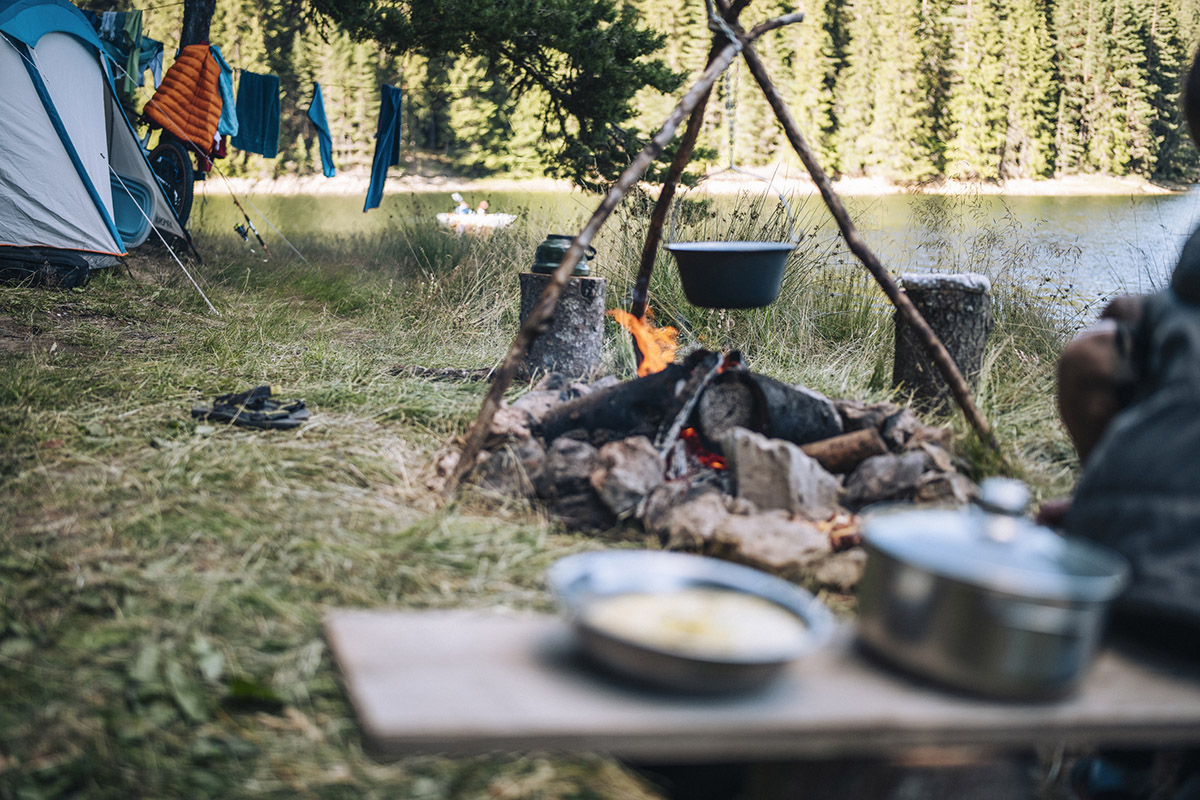
If you’re relying on boiling water to cook your food (or brew your beverage), you’ll need to increase the cooking/brewing time to compensate for the lower water temperature. Note that turning up the heat on your stove will not increase the temperature of a boiling liquid or make food cook faster, because a liquid can’t exceed its own boiling point.
Plan for this increased cooking time, so you don’t end up with hangry campers.
Using a food thermometer is essential to make sure your food has reached a safe internal temperature. The U.S. Department of Agriculture (USDA) provides a guide for recommended internal temperatures of food here.
The length of time it’ll take to cook your food while camping in the mountains will depend on exactly how high up in the mountains you are. For instance, the USDA says at 5,000 feet, meats and poultry cooked by moist heat can take up to one-fourth more cooking time.
As with everything in outdoor adventuring, you’re going to need to prepare ahead of time (bring a food thermometer and make yourself a cheat sheet of safe internal food temperatures) and then rely on trial and error at the campsite to get it right.
If you find your coffee’s still a little weak even after tweaking brew time several mornings in a row, at least you have a splendid mountain view to chase it down with.

